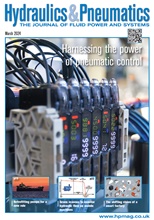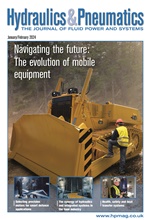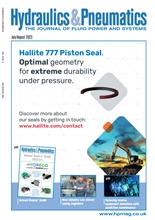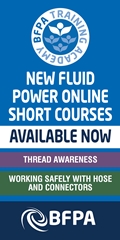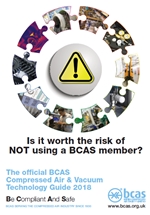Play, set and win with the right serve

As with tennis, the perfect serve is of utmost importance for ice cream production. It refers to the injection of compressed air into the ice base to make it delicious and creamy. Even the slightest oil residue in the compressed air would have severe consequences.
When compressed air comes into contact with food whether it be direct or indirect contact, care must be taken to ensure the quality of the food is not threatened by contaminants.
Without compressed air, the production of creamy ice cream would simply be impossible. Compressed air is injected into the ice cream to give it its creamy consistency. This air is blown into the processed milk base substance and ‘foamed’.
The milk mass previously matured in special storage tanks already has the flavour, for example vanilla, strawberry or chocolate. From the ripening tanks, the previously milky liquid ground substance is led into the so-called freezer and cooled down.
Parallel to the cooling in the freezers is also the application of compressed air at careful rates to control the creaminess. Only then does the ice cream get its creamy consistency and become good to eat.
Production linchpin
Without the injection of compressed air the manufacturer would have a hard-hitting block of ice, more like an ice-lolly or popsicle. The serve is therefore the linchpin in the production process especially in terms of process reliability.
The ice cream is then packaged, or moved to the next stage of processing e.g., going into pre-made ice cream products such as cones or sandwiches. Additionally, industrial machinery in the production process, packaging equipment and other systems can cause the level of hydrocarbons to rise above acceptable limits. As a result, it is essential that compressed air is of the highest quality.
It is critical that the compressed air is clean, dry and free from contaminants. For example, should the compressed air not be dry enough, this could result in an uneven serve, which in turn would lead to uneven ice consistency that would have to be disposed of as it would be inedible.
But devastating would be: a contamination of the compressed air by oil.
Continuous oil vapour measuring for your process safety
The Metpoint OCV compact monitoring system from Beko Technologies continuously controls the compressed air accurately and according to applicable standards for the residual oil vapour concentration. This supports the manufacturer for retaining the compressed air quality.
Rapid and reliable display
The Metpoint OCV has been developed for recording hydrocarbon vapours and gases in compressed air system applications. The detection of levels as low as one thousandth mg/m³ of residual oil vapour content are executed continuously in ongoing operation. Shortened measuring intervals enable the rapid and reliable display of even the smallest deviations.
This online monitoring process provides the manufacturer with certainty about the quality of the compressed air and process safety at all times and at all quality-critical system points. The measurement data can be utilised for documenting the compressed air quality and for identifying contamination sources.
This would ensure protection for the manufacture of the ice cream product, one of our favourite treats.
-
Smart Manufacturing & Engineering Week
05 - 06 June, 2024
NEC, Birmingham -
HILLHEAD 2024
25 June, 2024, 9:00 - 27 June, 2024, 16:00
Hillhead Quarry, Buxton, Derbyshire UK



